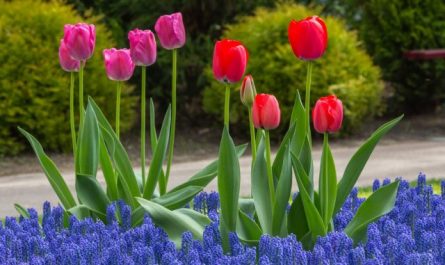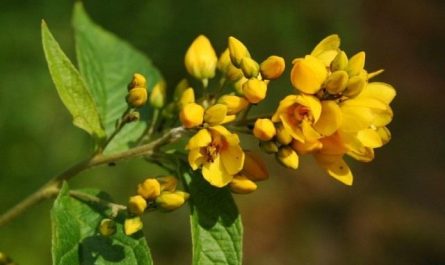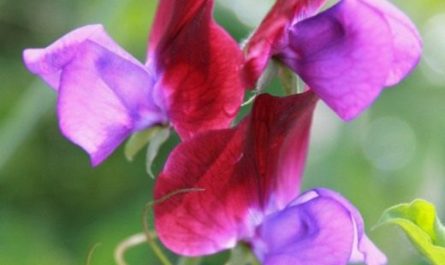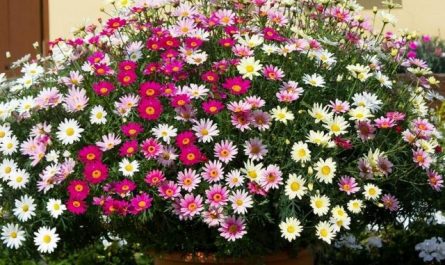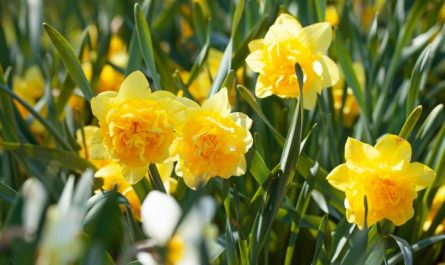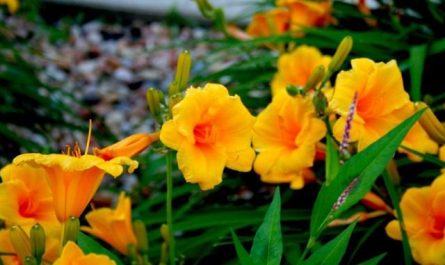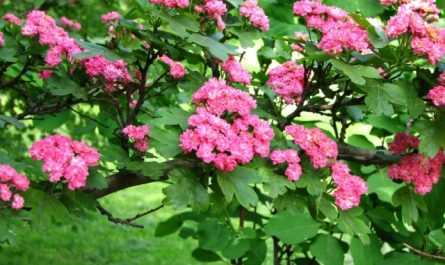This article describes the bellflower species popular in floriculture. There are about 300 species in the genus Bellflower. Bellflower is found mainly in the northern hemisphere of the Earth. Some species are found in the mountainous regions of Europe and the Mediterranean.
A special feature of this plant is its straight, long stems, slightly drooping at the top. Some species have creeping or spreading stems. Flowers, depending on the species, can be blue, white, purple, yellow, or light blue. These plants bloom from June until frost sets in. Bellflowers (except for high-mountain species) are quite unpretentious.

Popular types of bellflower
Bells of the Carpathians is one of the most beautiful plants not only of this genus, but also among plants in general. Its leaves are rare, semi-oval. It reaches up to 30 cm in height. Its flowers are large, can be white, light blue, purple. A special property of this species is that if you cut off faded flowers before the seeds appear, the plant begins to bloom again. In addition, this plant requires virtually no care. It reproduces vegetatively. It loves sunlight, but also blooms well in the shade.

Bellflower spiralis is common in the mountains of Central Europe, in the Pyrenees, on the slopes of the Balkan Mountains. It reaches no more than 10 cm in height, forming beautiful dense thickets. Its leaves are oblong, heart-shaped. Flowers usually bloom one or two on a stem and are blue-violet in color. Some varieties with white and blue flowers can also be bred. This species grows well in conditions of high air humidity, requires careful care, constant moistening is recommended. Reproduction occurs by dividing the rhizome.

The bell is boring grows in Eurasia. The height of this species is 20-40 cm. Some individuals reach a height of up to 60 cm. Its stem is straight, the flowers are clustered in bunches, dark purple, can be blue and white. It reproduces vegetatively, as well as by seeds. The plant is unpretentious, grows in almost any soil.

Dark bellflower native to the southern slopes of the Carpathian Mountains. The height of this species rarely reaches 10 cm. Its flowers are large and dark purple. The plant forms dense carpet thickets. This is the most demanding type of bellflowers, so only experienced gardeners grow it. It grows well in soil with sufficient peat and calcium content, with medium humidity and in partial shade.

Rainer’s Bell – is a low-growing species, its height on average reaches about 5-7 cm. Its homeland is the southern Alps. Its stems are straight, they bloom one by one, rarely two large flowers of blue or white color. Moist soil with a high calcium content are excellent conditions for its development.



